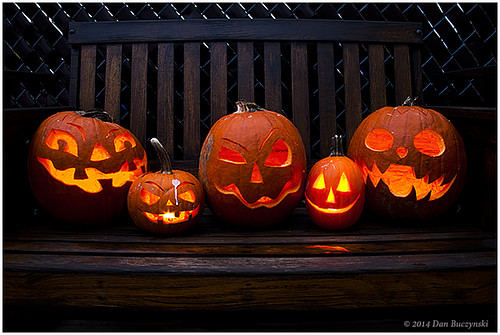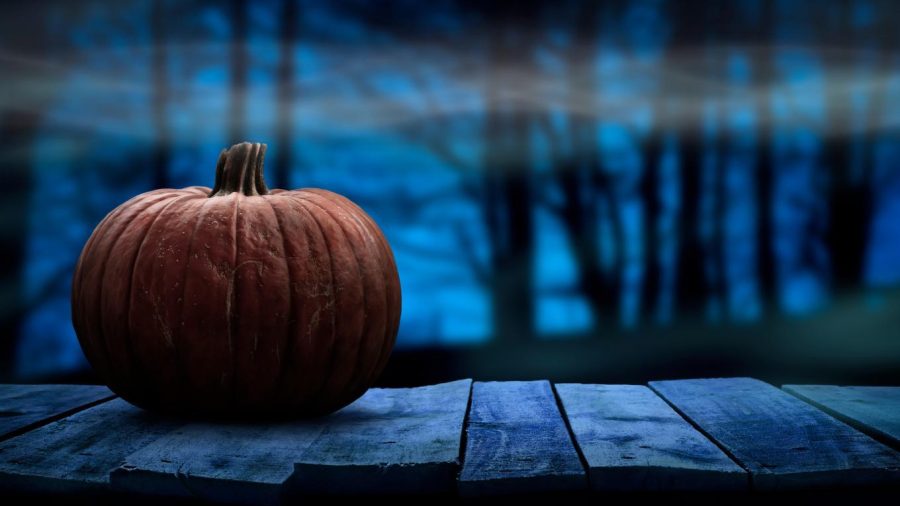The History of Halloween
https://www.davidson.edu/news/2021/10/15/somethings-not-right-here-how-music-halloween-rattles-listeners
October 11, 2022
 Halloween falls on the last day of October. Today, it is celebrated in the United States and Canada, but it originated from the Celtic holiday Samhain which took place in Ireland. The word Samhain means “summer’s end” signaling the coming of winter. The Celts believed that those who had not moved on to the afterlife could visit with the living on this day. This was originally a pagan holiday, in which the participants would slaughter their cattle and gather supplies to prepare for winter while igniting “bone fires.” There were also feasts, in which people would set out the favorite foods of their departed loved ones to encourage them to visit. However, the Celts also believed that spirits who wanted vengeance came back on Samhain, so in order to disguise themselves from the evil spirits, they would take ashes from the “bone fires” and cover their faces with them. This practice would later develop into modern-day costume wearing.
Halloween falls on the last day of October. Today, it is celebrated in the United States and Canada, but it originated from the Celtic holiday Samhain which took place in Ireland. The word Samhain means “summer’s end” signaling the coming of winter. The Celts believed that those who had not moved on to the afterlife could visit with the living on this day. This was originally a pagan holiday, in which the participants would slaughter their cattle and gather supplies to prepare for winter while igniting “bone fires.” There were also feasts, in which people would set out the favorite foods of their departed loved ones to encourage them to visit. However, the Celts also believed that spirits who wanted vengeance came back on Samhain, so in order to disguise themselves from the evil spirits, they would take ashes from the “bone fires” and cover their faces with them. This practice would later develop into modern-day costume wearing.
After Ireland was Christianized by the British, the celebration of Samhain became All Hallows’ Eve—an evening in which participants prayed and fasted for the next day, where they would continue to honor the saints who had passed on. However, some of the older traditions of Samhain were still preserved, such as the bonfires.
When the British immigrated to America, they brought All Hallows’ Eve with them, but the rituals of Samhain came during the first wave of Irish immigration from 1845 to 1849. The tradition of jack o’ lanterns, which came from an old Irish folktale, and going around asking for treats were now regularly practiced in America.
Today, Halloween is nothing more than a night where little kids dress up in silly costumes and ask for candy, but the rich tradition behind the holiday should not be ignored. Halloween is not just an excuse for a good costume; it is a night to celebrate and honor those who have passed on before us. For more information, check out the link below!
https://www.worldhistory.org/article/1456/history-of-halloween/

